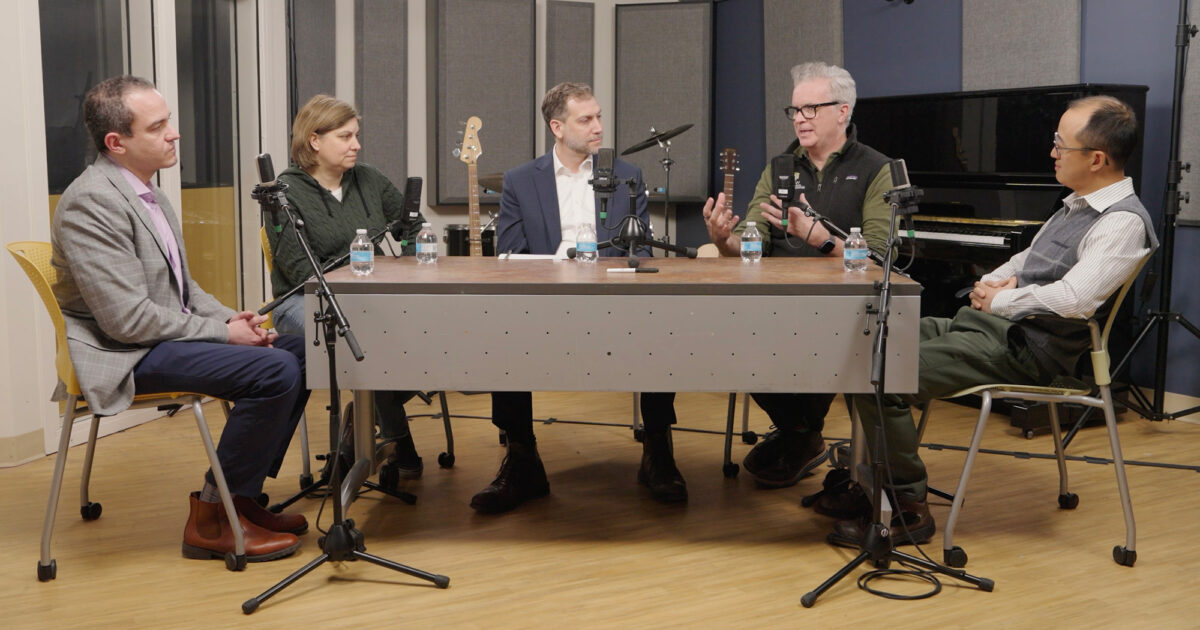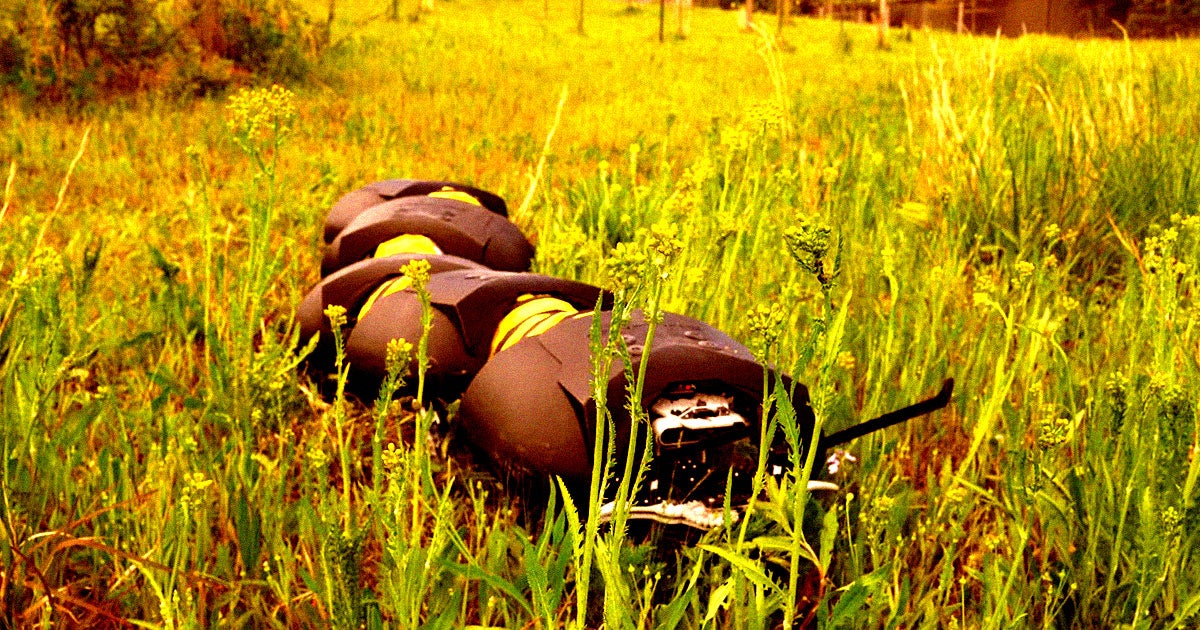
San Diego State University (SDSU) nurse scientist Rebecca Mattson is at the forefront of groundbreaking healthcare research, utilizing artificial intelligence (AI) to innovate two critical areas of patient care: early detection of lung cancer and maternal nutrition support.
Mattson’s work emphasizes the transformative role of AI in nursing-led research, particularly in enhancing patient outcomes through timely and precise interventions. By applying machine learning algorithms, one of her key projects targets the early diagnosis of lung cancer—a disease often discovered in its advanced stages due to nonspecific symptoms. The AI model being developed by her team is trained to analyze diagnostic data such as imaging and patient history to detect patterns that may elude human observation, potentially allowing for earlier treatment and improved survival rates.
In a separate but equally important initiative, Mattson is developing an AI-based tool aimed at supporting pregnant women with real-time nutritional guidance. Poor nutrition during pregnancy can lead to complications such as gestational diabetes, preeclampsia, or low birth weight. By continuously monitoring key health indicators and dietary habits, the AI system will offer individualized recommendations tailored to the nutritional needs of each user. This innovation aims to empower expecting mothers with actionable insights that lead to healthier outcomes for both mothers and their babies.
Mattson’s interdisciplinary approach bridges nursing science and data technology, positioning her as a leader in a growing field where clinical care meets computer science. Her research not only addresses some of today’s most pressing health challenges but also serves as a template for future AI-driven healthcare solutions, where data-informed decisions can enhance prevention, diagnosis, and lifestyle management across diverse populations.
The impact of these projects reflects SDSU’s broader commitment to advancing public health through innovative research, particularly in blending traditional clinical perspectives with cutting-edge technological tools.
Source: https:// – Courtesy of the original publisher.








